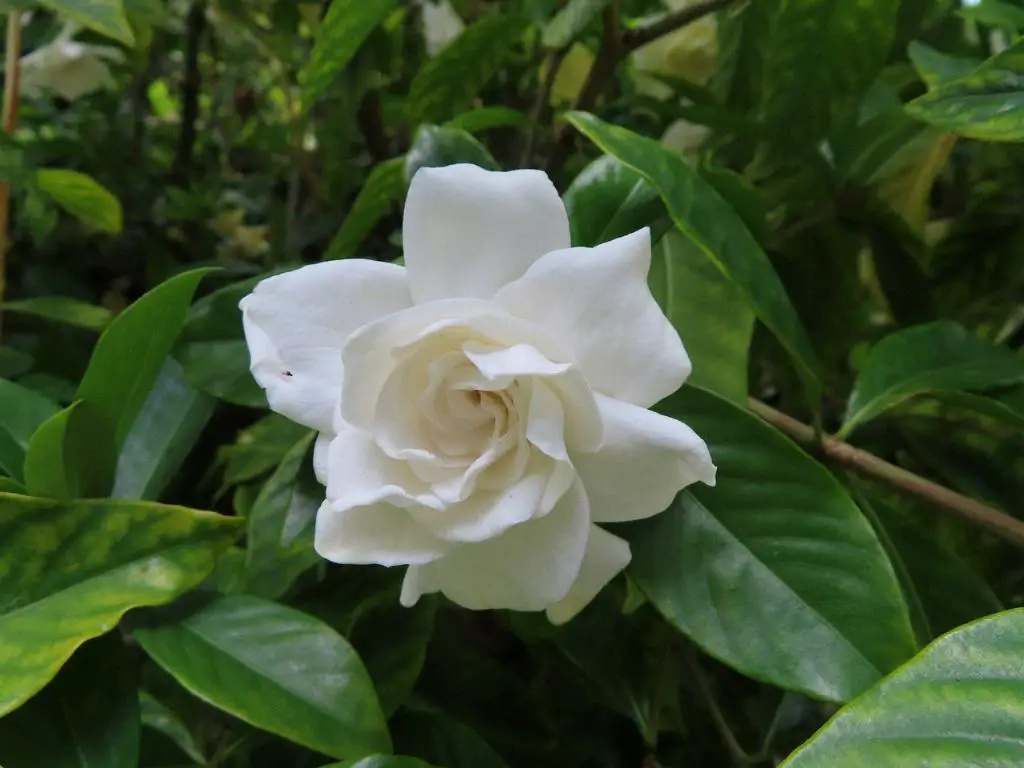It can be incredibly frustrating when you eagerly await the beautiful blooms of your gardenia plant, only to find that it is not flowering as expected. There are several reasons why your gardenia may not be blooming, and understanding these factors can help you address the issue and encourage your plant to produce those stunning blossoms.
One common reason why a gardenia may fail to bloom is insufficient sunlight. Gardenias require plenty of sunlight to trigger the development of blooms and buds. If your gardenia is placed in a spot that does not receive enough sunlight, it may struggle to produce flowers. Ensure that your plant is situated in a location where it can receive adequate sunlight throughout the day.
In addition to sunlight, proper watering is essential for the blooming of gardenias. During hot and dry seasons, it is crucial to water your gardenia deeply at least once a week. Inadequate watering can lead to bud drop, where the plant sheds its unopened flowers due to stress from lack of moisture. Keeping the soil consistently moist, but not waterlogged, can help promote blooming.
Temperature fluctuations can also impact the blooming of gardenias. In cooler regions, freezing temperatures below 15 degrees Fahrenheit can damage or kill flower buds, preventing them from blooming. If you live in an area prone to cold weather, consider protecting your gardenia plant during winter months to ensure that it can produce flowers in the upcoming season.
Another factor that can affect the blooming of gardenias is soil acidity. Gardenias thrive in acidic soil with a pH level between 5.0 and 6.5. If the soil in which your plant is growing is too alkaline, it may struggle to absorb essential nutrients like iron, leading to poor blooming. Test the soil pH and amend it as needed to create optimal growing conditions for your gardenia.
Pruning is also important for promoting blooming in gardenias. Proper pruning can help stimulate new growth and encourage flower production. Remove any dead or overgrown branches, as well as faded flowers, to redirect the plant’s energy towards developing new buds and blooms. Be mindful not to prune too aggressively, as this can stress the plant and inhibit flowering.
Furthermore, the presence of pests and diseases can hinder the blooming of gardenias. Insects like aphids, mealybugs, and scale can damage the plant and disrupt its blooming cycle. Keep an eye out for signs of pest infestations and treat them promptly to prevent damage to your gardenia. Additionally, fungal diseases like powdery mildew can affect flower production, so ensure proper air circulation around the plant to minimize the risk of fungal infections.
Feeding your gardenia with the right nutrients is crucial for promoting healthy growth and blooming. Use a balanced fertilizer specifically formulated for acid-loving plants like gardenias. Apply the fertilizer according to the manufacturer’s instructions, taking care not to over-fertilize, which can harm the plant. A well-fed gardenia is more likely to bloom abundantly and produce vibrant flowers.
Consider the age of your gardenia plant when assessing its blooming behavior. Young gardenias may take some time to establish themselves and start flowering. Be patient and provide consistent care to help your plant reach maturity and begin blooming. Older gardenias may also experience reduced blooming as they age, so adjusting your care routine to support their changing needs can help encourage flower production.
Lastly, environmental stress factors such as extreme heat or drought can impact the blooming of gardenias. High temperatures combined with moisture stress can cause the plant to conserve energy and prioritize survival over flowering. Ensure that your gardenia is adequately watered during hot weather and provide shade or shelter if needed to protect the plant from excessive heat.
In conclusion, there are several factors that can contribute to a gardenia plant not blooming. By addressing issues related to sunlight, watering, temperature, soil acidity, pruning, pest control, nutrient supply, plant age, and environmental stress, you can help your gardenia thrive and produce the beautiful blooms you’ve been waiting for. With proper care and attention, your gardenia can reward you with a bountiful display of fragrant flowers.

